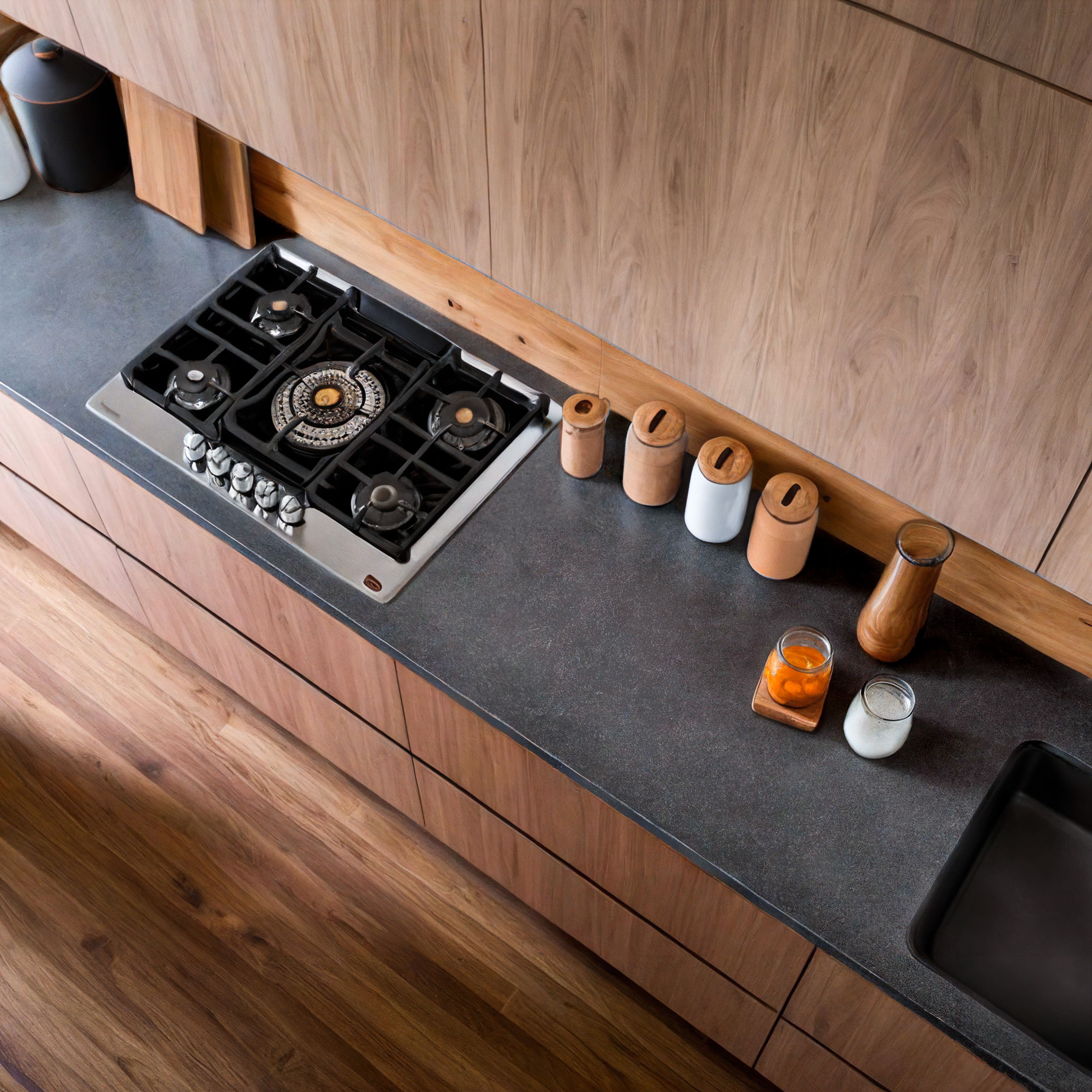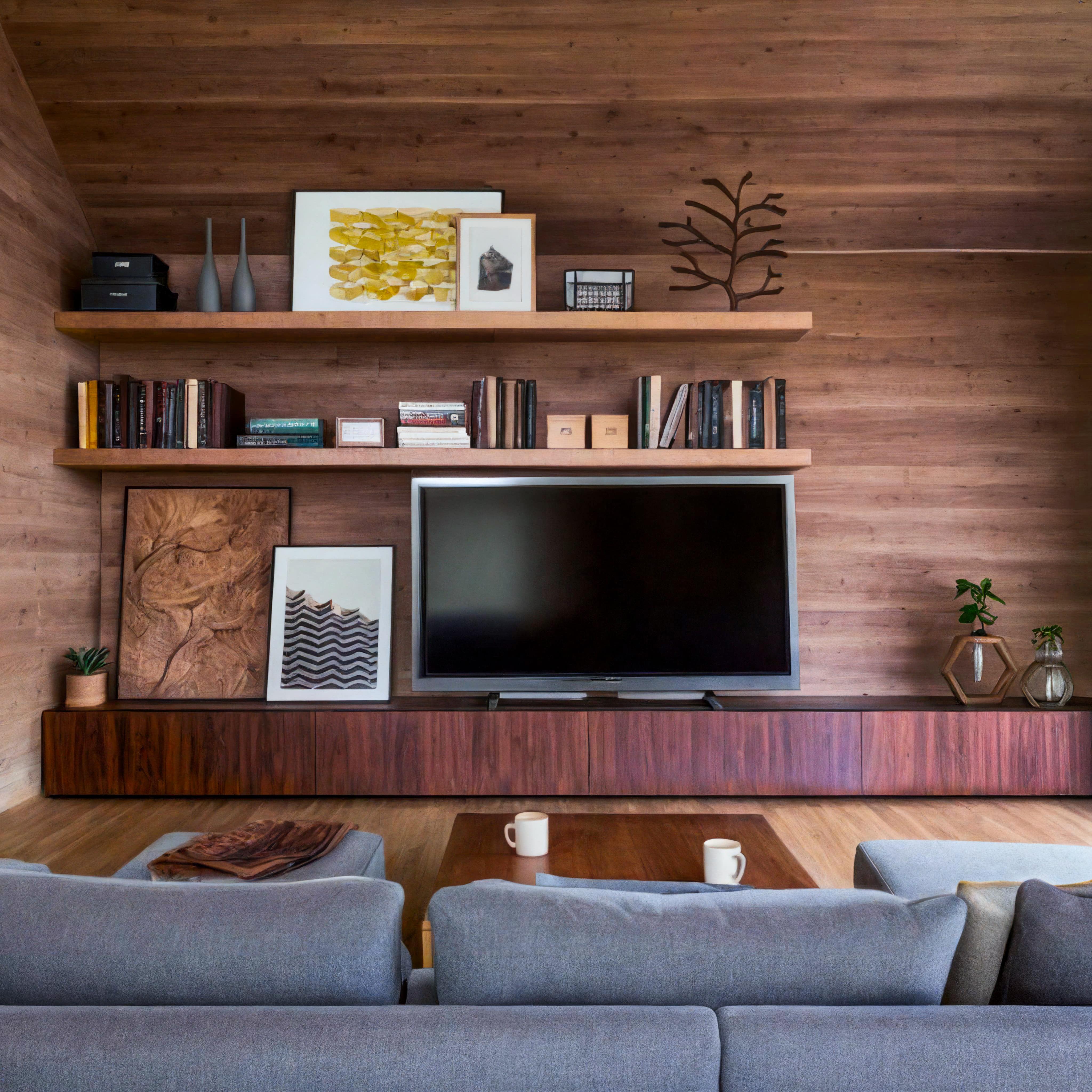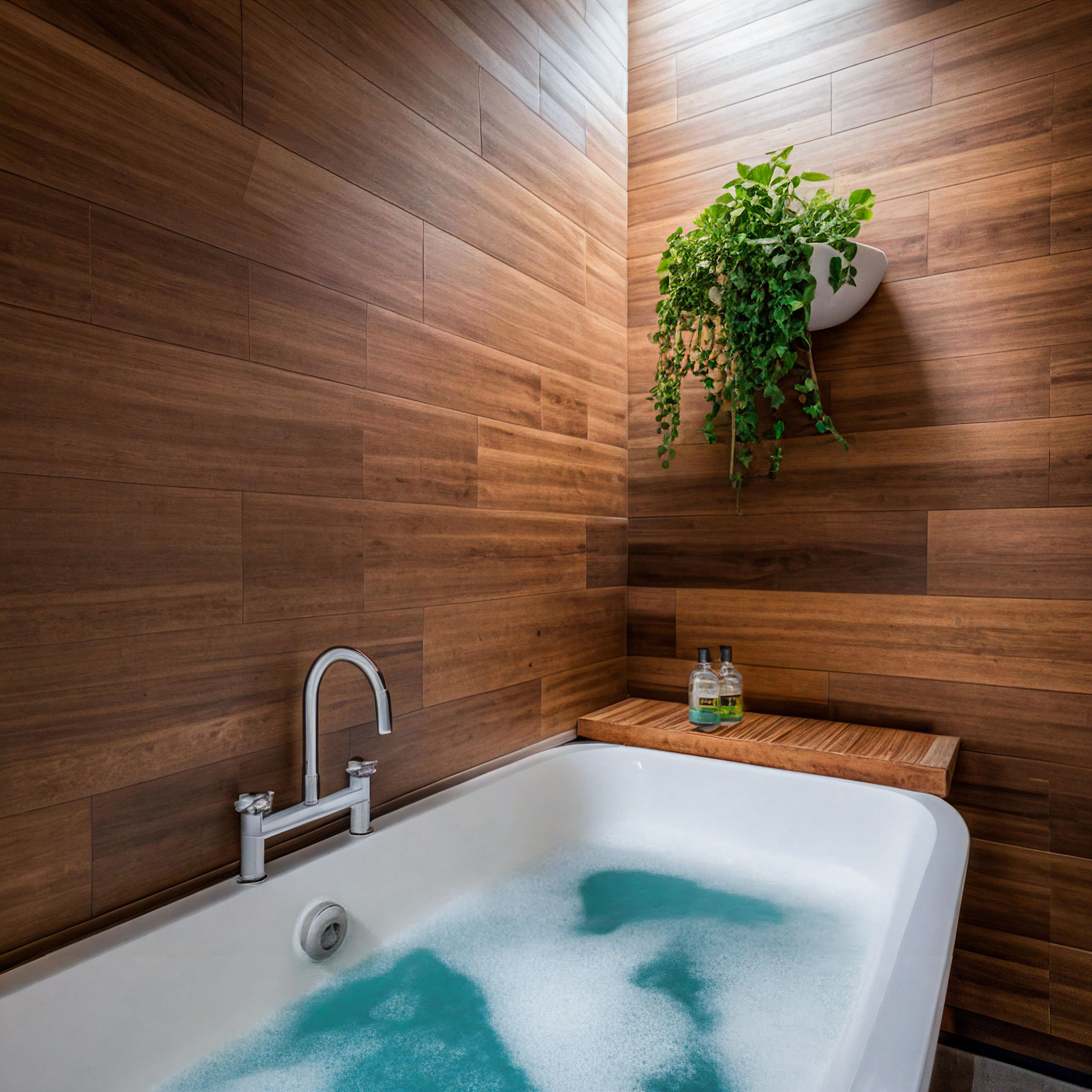Transform your client presentations with AI-powered interior visualization that delivers stunning results in minutes instead of days
Interior designers and architects face a common challenge: communicating design concepts effectively to clients who may struggle to visualize spaces from technical drawings or mood boards. Traditional visualization methods present several obstacles:
- Time-intensive rendering processes that delay client presentations;
- High costs for professional visualization (on average 1500$ per image);
- Technical complexity requiring specialized expertise.
This guide demonstrates how to leverage Visoid's AI-powered visualization platform to present interior design concepts to clients in half the time, improving client satisfaction while reducing your workload.

The ability to quickly visualize interior spaces isn't just about convenience, it fundamentally transforms the client relationship:
- Faster feedback cycles lead to quicker project approvals;
- Real-time visualization adjustments during client meetings increase engagement;
- More design iterations can be explored within the same project timeline;
- Reduced time between concept and visualization maintains creative momentum.
Visoid speeds up rendering time compared to traditional methods, allowing interior designers to focus more on creativity and client relationships rather than technical production.

Here's how to transform your interior design workflow using Visoid's AI-powered platform:
1. Prepare Your Interior Model
Create a basic 3D model or sketch of your interior design concept using your preferred software (SketchUp, Revit, ArchiCAD, etc.).
2. Capture the Space
Take a screenshot of your 3D model from a perspective that best showcases the interior space. For interiors, consider camera angles that simulate a person's natural view of the room.
3. Upload to Visoid
- Log in to your Visoid account at visoid.com.
- Upload your screenshot to the web-based platform
- No specialized hardware required, everything runs in the cloud.
4. Define the Interior Atmosphere
Use natural language prompts to describe the desired atmosphere and style (focused on words and phrases instead of full sentences):
- "Scandinavian minimalist living room with warm afternoon light";
- "Luxury hotel suite with ambient evening lighting and city views";
- "Contemporary office space with professional atmosphere and biophilic elements".
5. Specify Interior Details
Fine-tune your visualization by setting specific requirements:
- Lighting conditions (natural daylight, evening ambiance, artificial lighting);
- Material finishes (wood types, fabric textures, stone surfaces);
- Furniture styles and arrangements;
- Decorative elements and accessories.
6. Generate Visualizations
Click "Render" and watch as Visoid's AI transforms your interior model into a photorealistic visualization in seconds, not hours or days.
7. Present Multiple Options
Generate several variations with different:
- Color schemes;
- Material finishes;
- Furniture arrangements;
- Lighting scenarios.
This allows clients to compare options and make informed decisions during a single meeting.
8. Export in Presentation Quality
Download your visualizations in up to 4K resolution, ready for client presentations, digital portfolios, or marketing materials.

The efficiency gains from AI-powered visualization translate directly to business benefits:
Time and Cost Savings
Traditional interior rendering: 1500$ per imageVisoid time reduction: Up to 90% faster visualization processAs verified by PANL, a US-based company using Visoid, it "allows us to create lots of beautiful content for a fraction of the price."
Enhanced Client Experience
When clients can immediately see photorealistic visualizations of design concepts, several benefits emerge:
- Increased confidence in design decisions;
- More productive feedback based on realistic visualizations;
- Higher client satisfaction and referral rates.
Competitive Advantage
In a competitive interior design market, the ability to quickly produce high-quality visualizations provides a significant edge:
- Faster proposal turnaround times;
- More comprehensive design presentations;
- Higher perceived value of services.

Once you've mastered the basics, explore these advanced capabilities:
Material and Finish Studies
Show clients how different materials and finishes affect the same space. Compare various:
- Flooring options;
- Wall treatments;
- Cabinet finishes;
- Countertop materials
Lighting Scenarios
Demonstrate how lighting transforms interior spaces by visualizing:
- Different times of day;
- Various artificial lighting schemes;
- Seasonal lighting variations

Since its launch in 2023, Visoid has:
- Attracted customers in over 80 countries;
- Generated more than 2.7 million images;
- Processed over 500,000 uploaded designs.
As co-founder Joachim Holwech notes: "What started as a simple tool for architects to generate beautiful visualisations has led us on a journey to simplify and democratise the visualisation process itself."

Ready to transform your interior design presentation process?
1. Visit app.visoid.com
2. Sign up for a free account to explore the platform
3. Upgrade to a Premium account for full resolution exports and advanced features
Experience how Visoid can help you present interior design concepts to clients in half the time, improving both your workflow efficiency and client satisfaction.